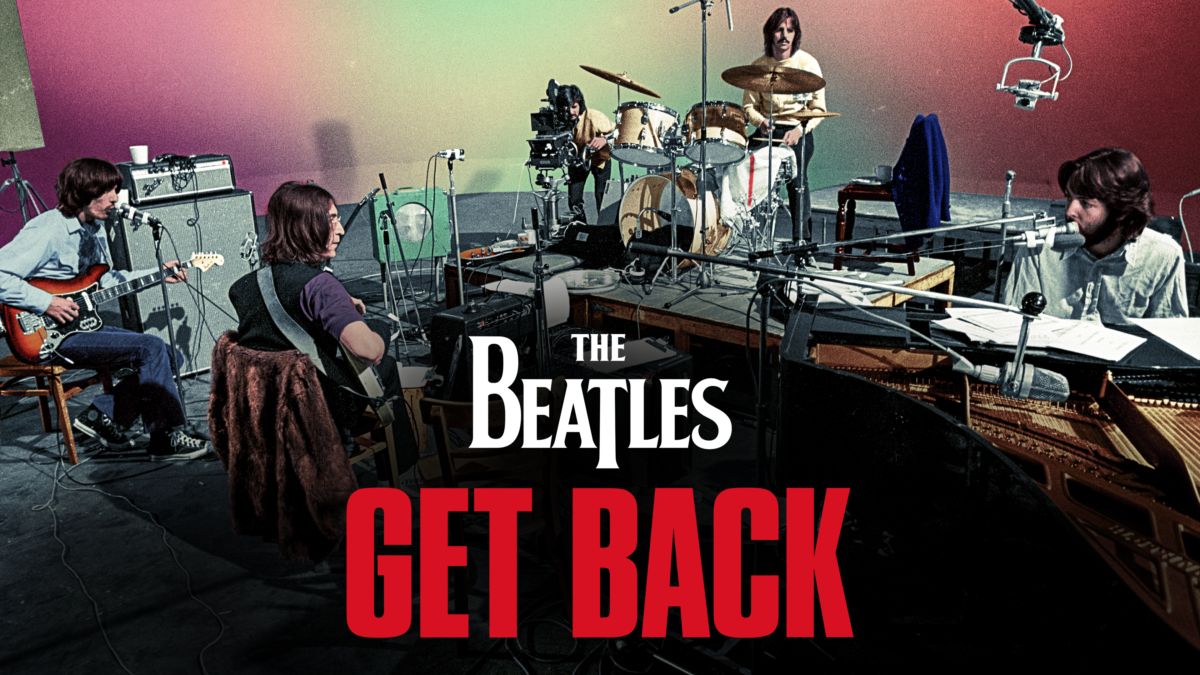
About the Song
A return to roots, a cry for simplicity, and the final echo of a band on the edge of goodbye.
Released in 1969 as a standalone single and later included on the Let It Be album in 1970, “Get Back” holds a special place in Beatles history. More than just a catchy rock tune, it was originally intended to be a stripped-down return to the band’s early sound, after years of complex studio productions and mounting creative tension. It became both a musical reset and, unknowingly, a farewell anthem.
With Paul McCartney on lead vocals and bass, “Get Back” kicks off with a driving groove and a raw energy that feels almost live—and that was the point. Recorded during the turbulent “Let It Be” sessions, the song captures a band trying to reconnect with the chemistry that first brought them together. It’s bluesy, loose, and unfiltered, with Billy Preston’s electric keyboard adding a joyful, soulful bounce that became one of the track’s most iconic touches.
Lyrically, McCartney weaves a tongue-in-cheek narrative about characters like Jo Jo and Sweet Loretta Martin, playing with identity, gender roles, and cultural stereotypes in a way that reflected the chaos and commentary of the late ’60s. But beneath the humor, there’s a deeper message: a longing to go back—not just geographically, but emotionally—to a place of clarity and purpose.
The live rooftop performance of “Get Back,” filmed on January 30, 1969, atop the Apple Corps building, would go down as the last time The Beatles ever performed together in public. As John, Paul, George, and Ringo played into the London wind, surrounded by curious onlookers and confused police officers, they didn’t know it would become one of the most iconic moments in rock history.
“Get Back” isn’t just a song—it’s a document of a band at a crossroads, torn between the past and the future, harmony and conflict, farewell and rebirth.